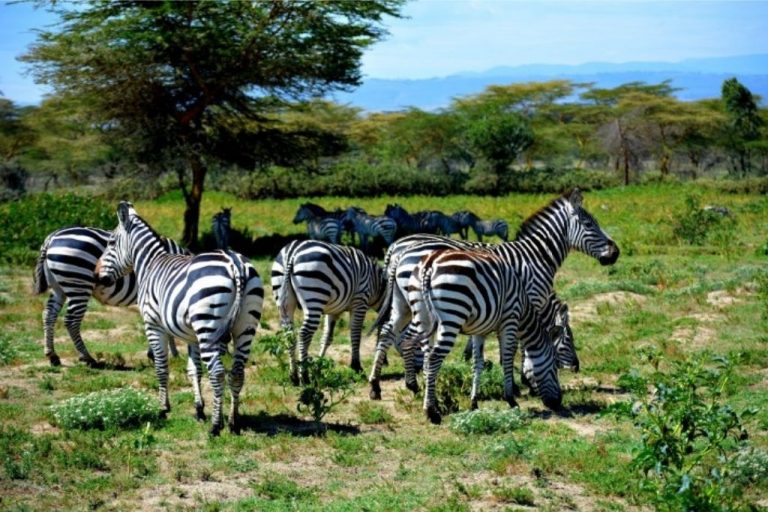The Republic of the Congo is a Central African country renowned for rainforest reserves that house gorillas. Also called Congo (Brazzaville), the country is often mistaken for the Democratic Republic of the Congo.
The country gained independence from France in 1960. Today it is home to over 5.2 million people who are dependent mainly on the export of oil.
Geography
Cameroon borders Congo to the northwest, whereas the Central African Republic bounds the country to the north, the Democratic Republic of the Congo to the east and south, the Angolan exclave of Cabinda to the southwest, and Gabon on the west.
The country also has a 160 km long coastline along the Atlantic Ocean.
Congo’s drainage system mainly consists of the Congo River.
The country’s land area is covered with coarse-grained soils that have sand and gravel. The fertile soils of the savanna regions are threatened by erosion caused by rain and wind.
Climate
This country has a tropical climate that constitutes heavy precipitation, high humidity and temperature.
The country’s north region gets dry season from November to March. The rainy season occurs from April to October.
On the other hand, the country’s south region gets the reverse seasons as of north.
Congo gains abundant annual precipitation that often ranges more than 2,000 mm.
Best time to go to the Republic of Congo
It is best to travel to the country’s southern region during the long dry season between May and September.
If you’re planning to visit the northern parts of Congo, it is best to travel between January and February.
Nature and Wildlife
The country is mainly covered with tropical rainforests. These forests consist of trees like red cedar, African oak, walnut, gaboon mahogany, and hardwood limba.
Its coastal regions and eastern swamps have coconut palms, mangrove forests, and tall grasses.
Sadly, the south region of Congo has been cleared for logging.
In terms of wild animals, you will find varieties of monkeys, gorillas, chimpanzees, elephants, okapis, buffaloes, and wild boars. In addition, the savanna regions houses antelopes, wild dogs, jackals, hyenas, and cheetahs, whereas the plateaus are home to giraffes and rhinoceros.
Unfortunately, there are only a few lions in Congo.
The country also has impressive birdlife. There are birds like eagles, vultures, hawks, owls, and herons.
Visit the national parks such as Nouabale-Ndoki and Odzala-Kokoua to see more than 300 bird species and over 1,000 plant and tree species.
Congo’s marine life consists of perch, sunfish, catfish, and mudskippers. In addition, the Congo riversides are home to crocodiles.
There are also numerous poisonous reptiles like a cobra, puff adder, green mamba, and python species in Congo.
People
Half of the country’s inhabitants belong to the Kongo group. Its subgroups are Sundi, Kongo, Kougani, Lali, Bembe, Dondo, Yombe, Kamba, and Vili.
Other ethnic groups are the Yombe, Teke, Kougni, Mboshi, Ngala, and Sundi. Europeans, primarily the French, also reside in major cities of the country.
About three-fourths of these people follow Christianity.
Language
Even though the country’s official language is French, all the indigenous people, besides the Adamawa-Ubangi and Pygmies, speak Bantu languages.
French is used by upper-class people and also as a means of educational instruction.






